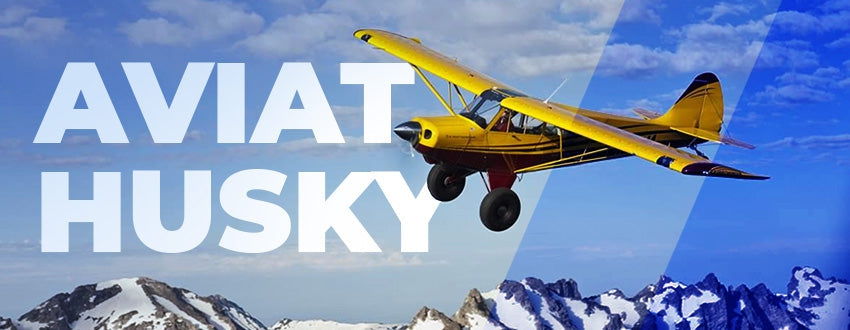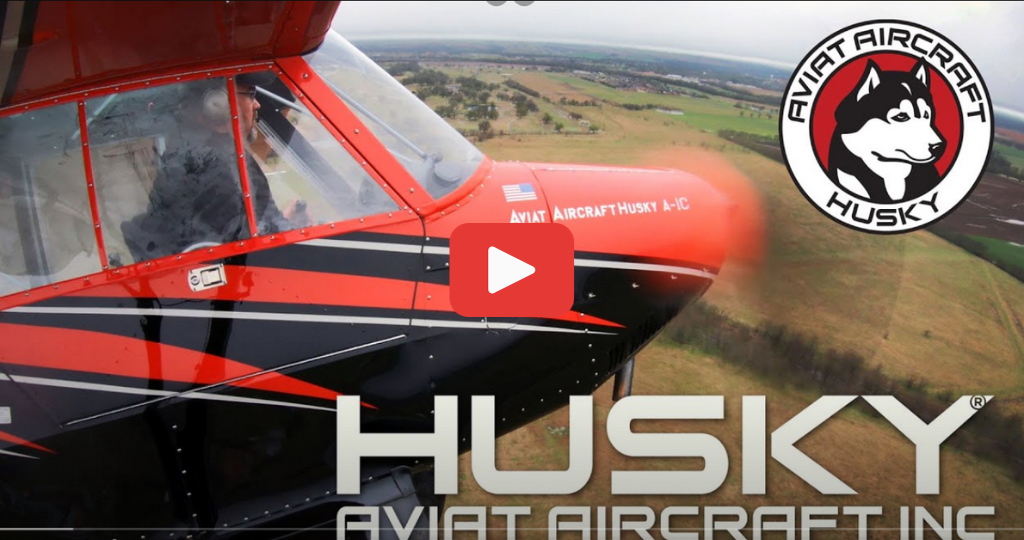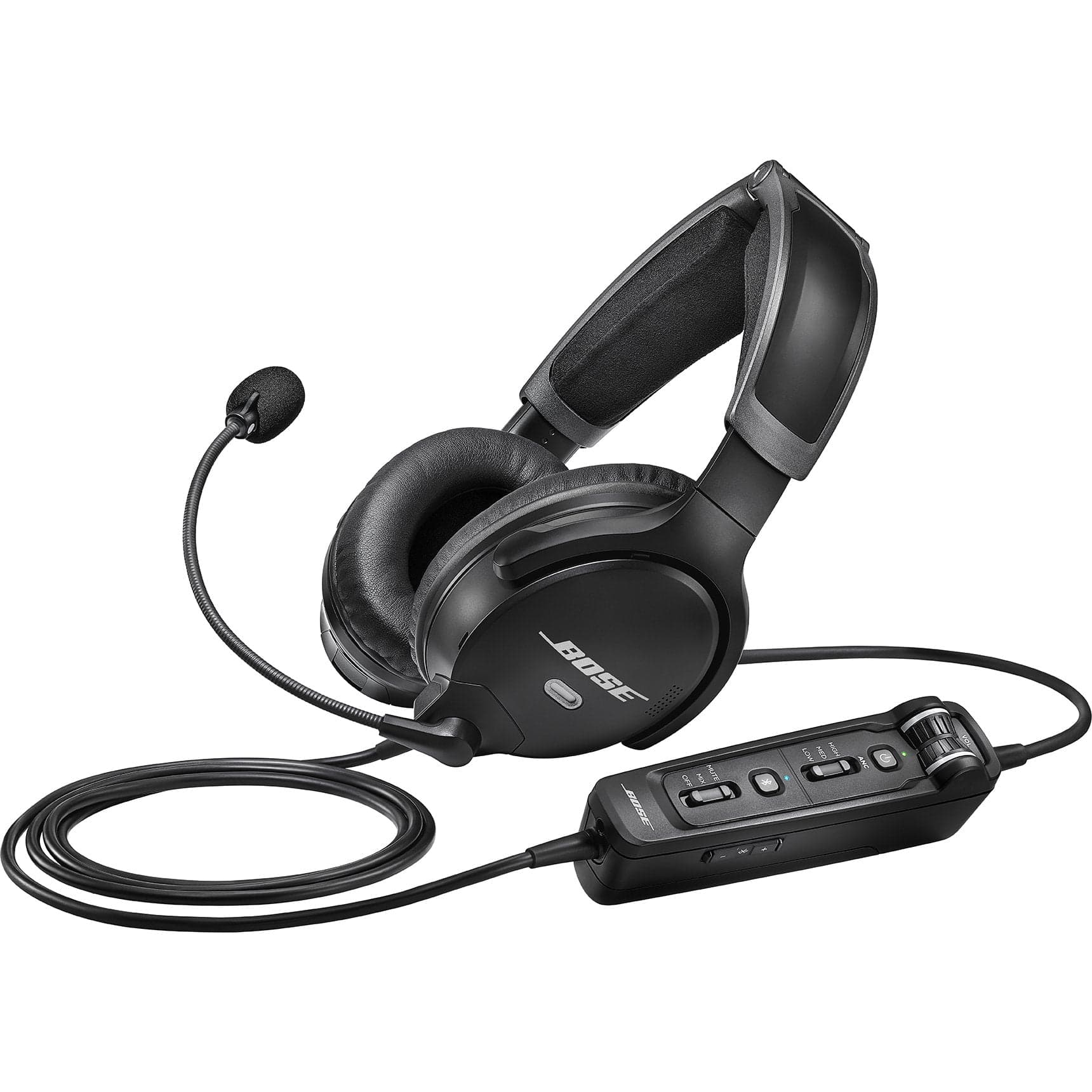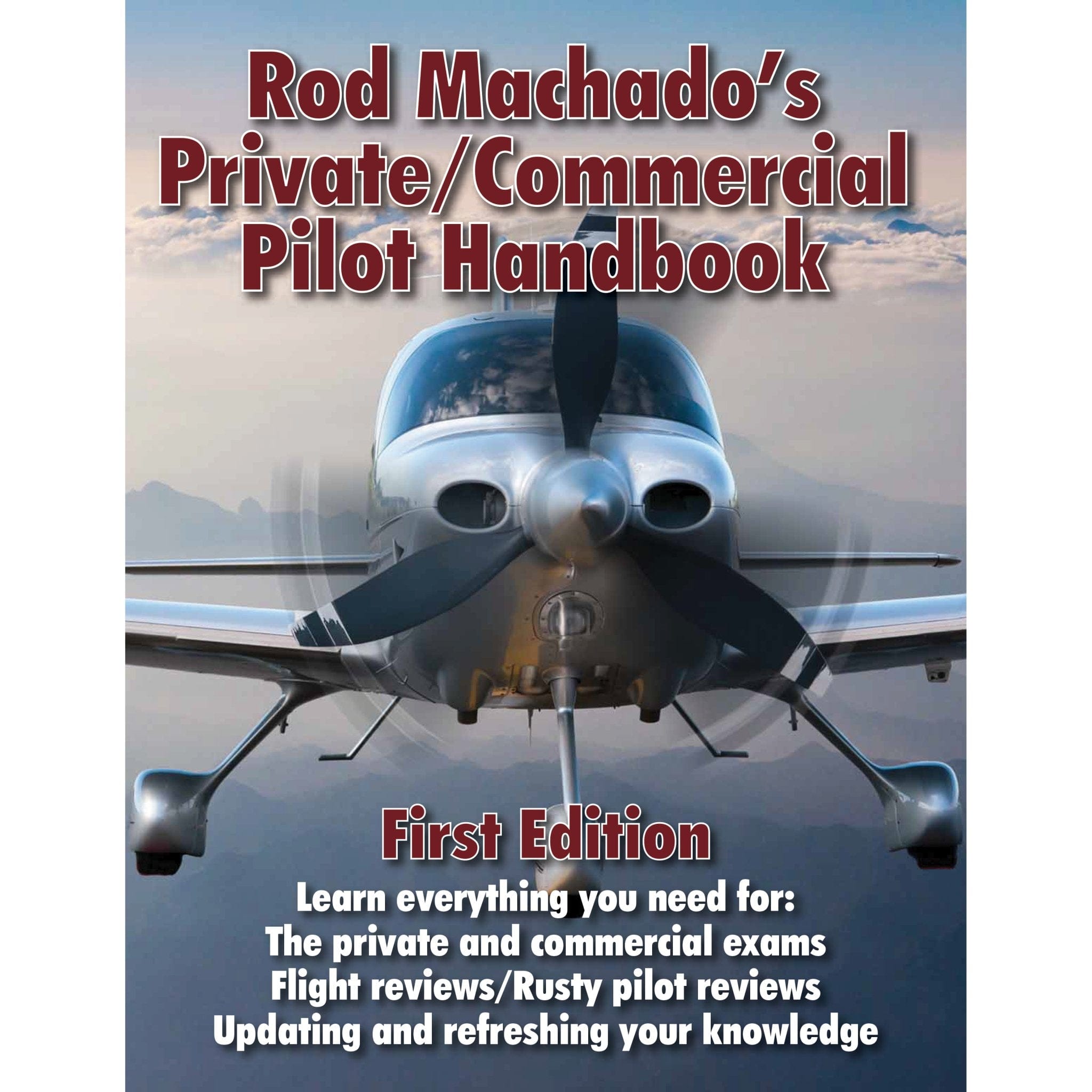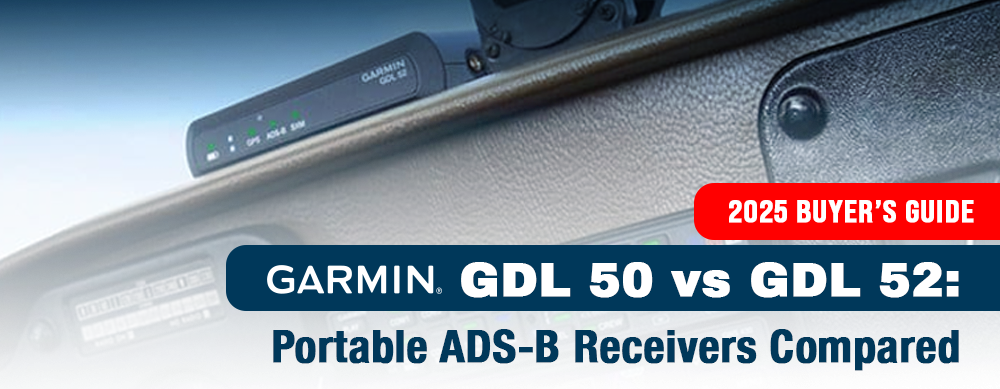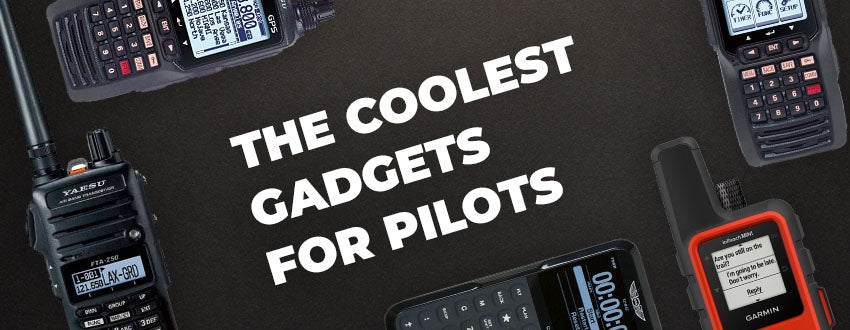“America’s favorite taildragger” is a high-wing, single-engine, tandem-seat aircraft that is value packed and perfect for short fields, bush flying, high altitudes, and landings at unimproved airstrips.
The Husky is custom designed to fit the needs of the backcountry adventurer who wants sturdy, rugged, high-quality bush plane performance paired with a generous payload and the fuel capacity to support the journey.
Manufactured in Afton, Wyoming, the Husky is one of three aircraft currently available from an American aviation manufacturer with over 80 years of single-engine aircraft success.
History of Aviat Aircraft Incorporated
The company now known as Aviat Aircraft Incorporated was founded by Reuel Call in Afton, Wyoming in 1939. Already adept at building Polaris snow machines – the precursors to today’s snowmobiles – Call brought his mechanical and design skills with him when he branched out into aviation.
When Mr. Call earned his pilot’s license in 1939, he discovered that the commercially built aircraft of the time were ill-suited for functioning in the high altitude and rugged terrain around Afton. Rather than settle for what was available, Call instead elected to design and build his own mountain-specific plane which was christened CallAir after the name of the newly formed company.
Production on the original CallAir was delayed due to World War II, however Call was able to operate his factory as a military aircraft repair facility in the meantime. Following World War II, Call finally released the CallAir A-3.
It gained some recognition as a backcountry aircraft, but in the 1950s, customers were looking for something else. The CallAir A-5 through A-9 models were marketed as crop dusters until 1959 when rights to their designs were sold off to competitors.
In the face of intense industry competition and looking for a new direction to take the company, Call teamed up with Curtis Pitts and his Pitts Special biplane. Pitts needed an FAA certified facility to manufacture his planes. Call needed an aircraft to build in his now empty factory. The Pitts series aerobatic aircraft were designed by Pitts in Homestead, Florida and built by Call at his facility in Afton, Wyoming.
In the 1970s, Frank Christensen, a sports aviation aerobatics enthusiast, wanted to buy the company. When the deal failed to go through, Christensen instead created and sold his own Eagle 2 biplane kit modeled after the Pitts S2-A. Christensen’s model with all the necessary parts and supplies plus detailed instructions revolutionized the world of kit aircraft and was a commercial success.
Christensen and Pitts were business competitors until Pitts retired in the early 1980s at which time Pitts’ partner bought out Pitts’ shares then sold the entire company to Christensen.
The name was changed to Christen Industries, and the newly renamed company offered both the Pitts and the original Eagle aircraft to its customers along with a new and enhanced S2-B version of the Eagle.
With biplane sales on the decline, Christensen next set his sights on the production rights to the Piper Super Cub. Unfortunately, Piper wanted over $1 million for the design, so Christensen instead directed his team to create their own bush plane.
A survey of Piper Cub owners revealed what they liked and did not like about their aircrafts. The Christen Industries design team gathered this valuable information then set out to fix the problems and enhance the strengths of the Super Cub as they created a new clean sheet aircraft – the Husky.
In 1991, Christensen retired and sold the company to Malcom White who renamed it Aviat Inc. while retaining the product lineup. In 1995, Stuart Horn purchased Aviat Inc. and gave it its current name: Aviat Aircraft Incorporated.
Today, Aviat continues to produce their Husky, Pitts, and Eagle lines. Aviat has the distinction of being the oldest single-engine aircraft manufacturer continuously operating in the United States.
Building off of the Piper Super Cub
The Husky project was started in 1986 and by the following year, the Husky had been granted its FAA certification and was in production. The total process from initial sketch to the commencement of commercial production was a speedy 18 months.
The Piper Super Cub owner survey revealed some opportunities for Christensen to differentiate the Husky. He got rid of the Super Cub’s fixed pitch propeller, opting instead for a constant speed variable-pitch model which supported a 25 mph increase in cruising speed.
Other design improvements included an updated wider fuselage structure, Lycoming engine, and a modified airfoil with 4-position semi-fowler single-slotted flaps. Toe brakes rather than heel breaks improved the on the ground maneuverability.
The Husky was built to the more stringent FAR23 requirements rather than the older CAR-3 requirements used for the Super Cub certification. This inherently meant that it would be more crash-worthy with a focus on pilot safety.
With all the modifications, Christensen still stayed true to the best loved characteristics of the Super Cub. He retained its slow stall speed, tandem seating configuration, high fabric wings, and center stick design.
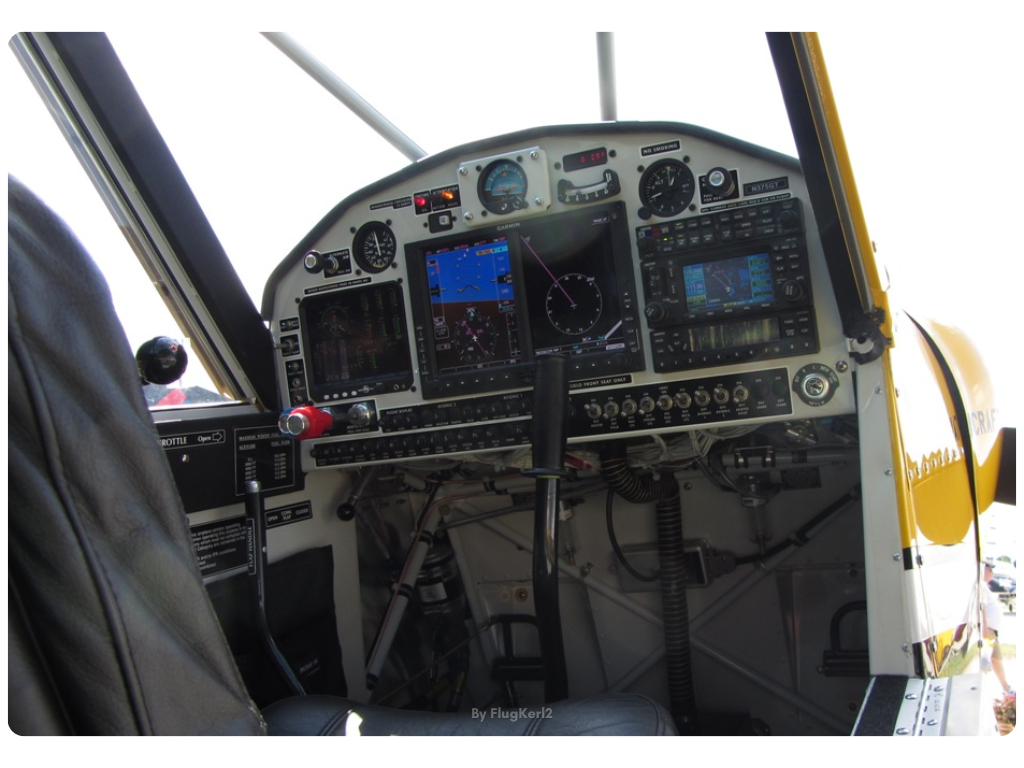 (photo By FlugKerl2)
(photo By FlugKerl2)
Husky Construction
The Husky name came from Christensen’s desire for his new aircraft to be similar to the Super Cub but with a more robust, sturdy, husky design.
Today the Husky fuselage consists of a welded steel frame overlaid with aluminum panels and fourteen layers of Ceconite fabric. The fabric is polyester made of durable UV resistant, and paintable, woven Dacron. The Ceconite fabric is stretched over the frame and glued.
Then irons are used to shrink the fabric down and give it a beautiful taut finish. This all equates to a plane that is lightweight yet strong. Unlike other manufacturers, Aviat paints all the parts of a Husky prior to assembly, and the wings are attached in the final stages of the build.
Aviat often has a wait list for production, but once manufacturing begins, the total build process for a custom Husky takes an average of five months.
Continuously Improving
Aviat never lets the Husky design stagnate. There is truth in their tagline “Husky means more.” In the decades since the original A1 model was released with an 1,800 lb. gross weight, no heater, and only 1 coat of enamel, upgrades have continuously been made.
1999
In 1999, the second model called the A-1A was released with an improved gross weight of 1,890 pounds. In 2000, the A-1B brought the gross weight up to 2,000 pounds. 2005 saw the advent of a new wing design with 60% span flaps and an aerodynamic aileron design that eliminated the spade.
This wing redesign increased roll weight by 50% and decreased adverse yaw. The updated Husky now had a more consistent control response across its speed range along with improved low-speed handling characteristics.
2007
The A-1C was released in 2007 with a gross weight of 2,200 pounds as well as a new larger door complete with an exterior locking door handle. Vernier mixture and propeller controls plus LED landing and taxi lights rounded out the 2007 upgrades.
2012
In 2012, Aviat improved the gross weight again, this time to 2,250 pounds. A shock dampened landing gear system – a first of its kind for bush planes – controlled rebound and bouncing on touchdown along with further improving the Husky’s overall controllability in crosswinds, on slopes, and in rugged terrain.
2018
The 2018 upgrades saw the Husky outfitted with a Garmin glass cockpit. The bungee system was replaced with an elevator trim tab for reduced trim workload and system pressures along with greater pilot control and improved stick feedback.
Newly extended landing gear moved the tires down 4”, forward 2” and spaced them 12” further apart. This provided additional propeller clearance, improved stability, and an increased angle of attack for enhanced takeoff performance.
In the cabin, a new quick release pin system allowed the rear seat, frame, and stick to be removed, converting the area into 35+ cubic feet of storage space. The pilot seat was given fore and aft adjustability plus seat back articulation to make passenger entry and exit easier. Finally, an integrated throttle quadrant facilitated one-handed operation of both the throttle mixture and propeller.
2020
As Aviat looks forward to 2020 and beyond, they have over a dozen planned changes in the works. An enhanced VFR and IFR Garmin TXi panel will be offered as well as diamond stitch seat design, headset holsters, and shimmer metallic paint for a “stunning depth and aesthetic appeal that sets your airplane apart on the ramp or in the backcountry.”

Husky Variants
The Aviat Husky has had 6 variants.
- Husky A-1: Certified on 1 May 1987 with a 180 hp engine and max gross weight of 1,800 lb.
- Husky A-1A: Certified on 28 January 1998 with a 180 hp engine and max gross weight of 1,890 lb.
- Husky A-1B: Certified on 28 January 1998 with a 180 hp engine and option to modify to a 200 hp engine.
- Husky A-1B-160 Pup: Certified on 18 August 2003 without flaps and 21 October 2005 with flaps. Its engine is 160 hp, and the A-1B-160 carries a gross weight of 2,000 lb.
- Husky A-1C-180: Certified on 24 September 2007. Garmin equipped cockpit with a 180 hp engine and a gross weight of 2,200 lb.
- Husky A-1C-200: Certified on 24 September 2007 with a 200 hp engine and a gross weight of 2,250 lb.
Focus on Safety
The backcountry is rough and unforgiving. Aviat places safety as a top priority and continues to innovate in that arena. The Husky’s design includes an advanced safety cage configuration that directs crash energy away from the occupants. Safety seats made of 4130 Chrome Molybdenum also provide protection.
Both the pilot and the passenger are secured with a 5-point seatbelt harness that has an option for built-in airbags. The Husky was the first general aviation (GA) plane to have its seatbelt airbags FAA certified.
The 3 hinge points on the Husky’s semi-fowler flaps provide redundant load paths as backups in case of in-flight structural failure although to date there have been no instances of in-flight structural failure reported on a Husky.
Customizing Your Husky
Aviat believes in making your Husky your own. When you build your new Aviat Husky, you have plenty of options to choose from. Start with either the 180 or 200 horsepower base and add on from there.
You can select tundra bushwheel tires and the extended landing gear option for your STOL backcountry flights plus floats for getting into those high mountain lakes. Pick the instrument panel that best fits your needs with choices of Day/Night VFR, Pro VFR Touch, and Pro IFR touch.
The finishing touch is the cosmetic details. Leather seats come in two tone colors with an option for custom stitching color.
Owners can also select one of the 21 Husky paint schemes or even create a completely custom scheme of their own. The colors used within each scheme are also customizable and can be previewed online with Aviat’s interactive Husky paint scheme selector.
Husky 180 HP Specifications
- Engine: Lycoming 0-360-A1P
- Propeller: Hartzell 76” Composite
- Length: 22 feet 7 inches
- Height: 7 feet 5 inches
- Wing Span: 35 feet 6 inches
- Wing Area: 183 square feet
- Wing Loading: 12 pounds/square foot
- Power Loading: 12.2 pounds/horsepower
- Seats: 2 tandem
- Cabin Height: 48 inches
- Cabin Width: 27 inches
- Empty Weight: 1,275 pounds
- Maximum Gross Weight: 2,250 pounds
- Maximum Gross Weight Floats: 2,250 pounds
- Useful Load: 975 pounds
- Payload with Full Fuel: 675 pounds
- Fuel Capacity: 50 gallons usable
Husky 180 HP Performance
- Takeoff Distance Ground Roll: 289 feet
- Takeoff Over 50 ft. Obstacle: 690 feet
- Rate of Climb, Sea Level: 1,500 feet per minute
- Top Speed: 145 miles per hour
- Cruise Speed: 50-140 miles per hour
- Fuel Consumption: 7.9 gallons per hour
- Endurance (Normal, HP Cruise): 6 hours @ 55%
- Max Range: 800 miles
- Service Ceiling: 20,000 feet MSL
- Landing Ground Roll: 397 feet
Husky 200 HP Specifications
- Engine: Lycoming IO-360-A1D6
- Propeller: Hartzell 80” Composite
- Length: 22 feet 7 inches
- Height: 7 feet 5 inches
- Wing Span: 35 feet 6 inches
- Wing Area: 183 square feet
- Wing Loading: 11 pounds/square foot
- Power Loading: 11 pounds/horsepower
- Seats: 2 tandem
- Cabin Height: 48 inches
- Cabin Width: 27 inches
- Empty Weight: 1,320 pounds
- Maximum Gross Weight: 2,250 pounds
- Maximum Gross Weight Floats: 2,250 pounds
- Useful Load: 930 pounds
- Payload with Full Fuel: 630 pounds
- Fuel Capacity: 50 gallons usable
Husky 200 HP Performance
- Takeoff Distance Ground Roll: 265 feet
- Takeoff Over 50 ft. Obstacle: 780 feet
- Rate of Climb, Sea Level: 1,700 feet per minute
- Top Speed: 149 miles per hour
- Cruise Speed: 50-143 miles per hour
- Fuel Consumption: 7.6 gallons per hour
- Endurance (Normal, HP Cruise): 6 hours @ 55%
- Max Range: 828 miles
- Service Ceiling: 20,000 feet MSL
- Landing Ground Roll: 398 feet

-
How much does an Aviat Husky cost?
Brand New: 180 Horsepower Husky runs a baseline of $384,780, a 200 Horsepower Husky runs a baseline of $433,017.
Pre-Owned: Based on the pricing we found listed on their pre-owned page we have seen Husky's run from $255,000 and up.
Keep in mind: Pricing varies and you will have to call an Aviat Aircraft Sales Representative for an accurate price estimate.
-
Is the Aviat Husky easy to fly?
The Aviat Husky is no more difficult to fly than the Piper Cub. Private pilots pick up learning the Huskey in a matter of a few hours.
-
What is the difference between Aviat Husky A1B and A1C?
The main difference is in the gross weight the aircraft can carry. The A-1C can carry 2200-pound gross weight, which is an increase of 200 pounds of difference from the 2000-pound gross weight of the A-1B
-
How much horsepower does an Aviat Husky have?
The Aviat Husky A-1C-180 Aircraft has a Lycoming 180 HP engine, and there is an option to have a 200 HP engine put in your Husky bush plane. Consult with the Aviat Aircraft team for details.
-
Is the Aviat Husky certified?
The Husky A-1C-180 has met the rigid FAR Part 23 government specifications. The Husky plane is certified to fly with a gross weight in excess of a FULL ton.
Thinking about buying a plane? Check out our Flight Training Material: Maintenance & Ownership collection.
Want to learn about different aircraft?
Our guides provide everything you need to know.
Did you find this article helpful?
Do you think we missed anything important? Let us know in the comments below!

